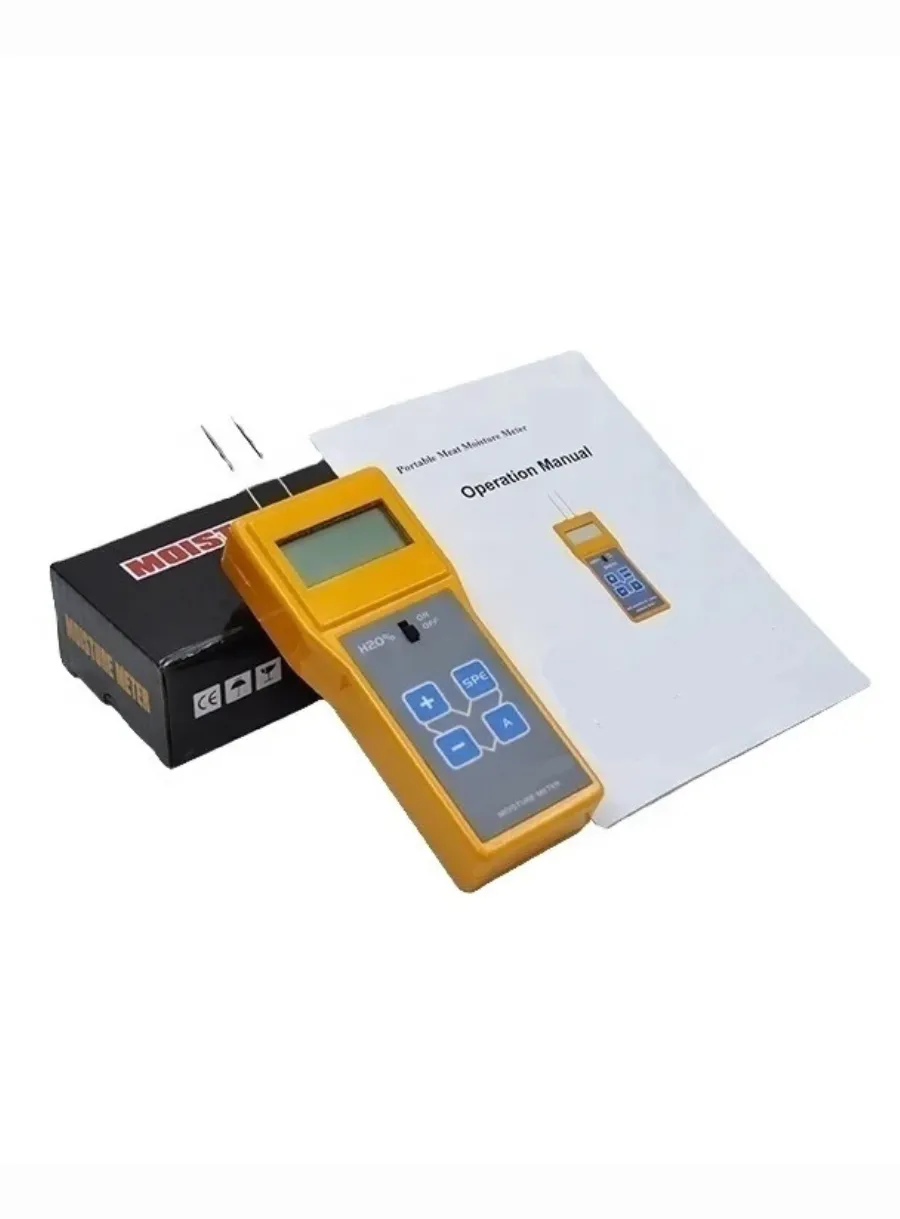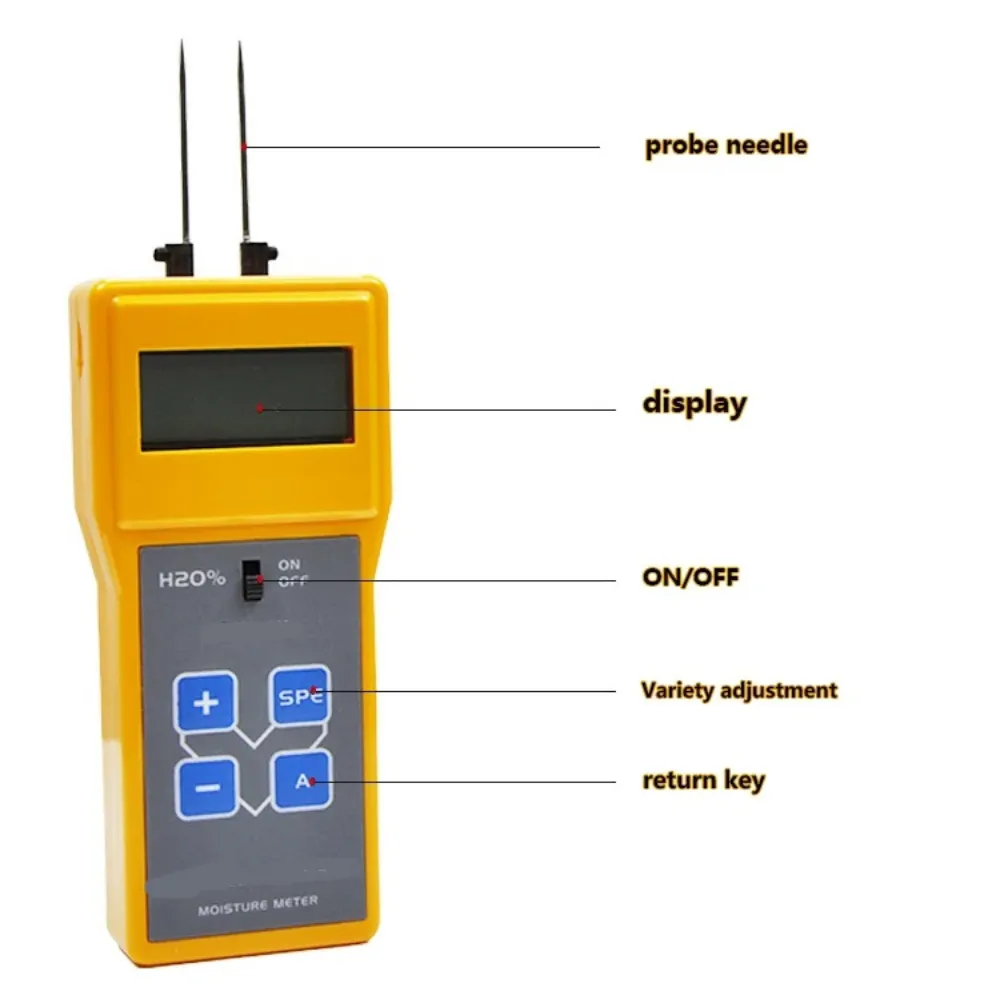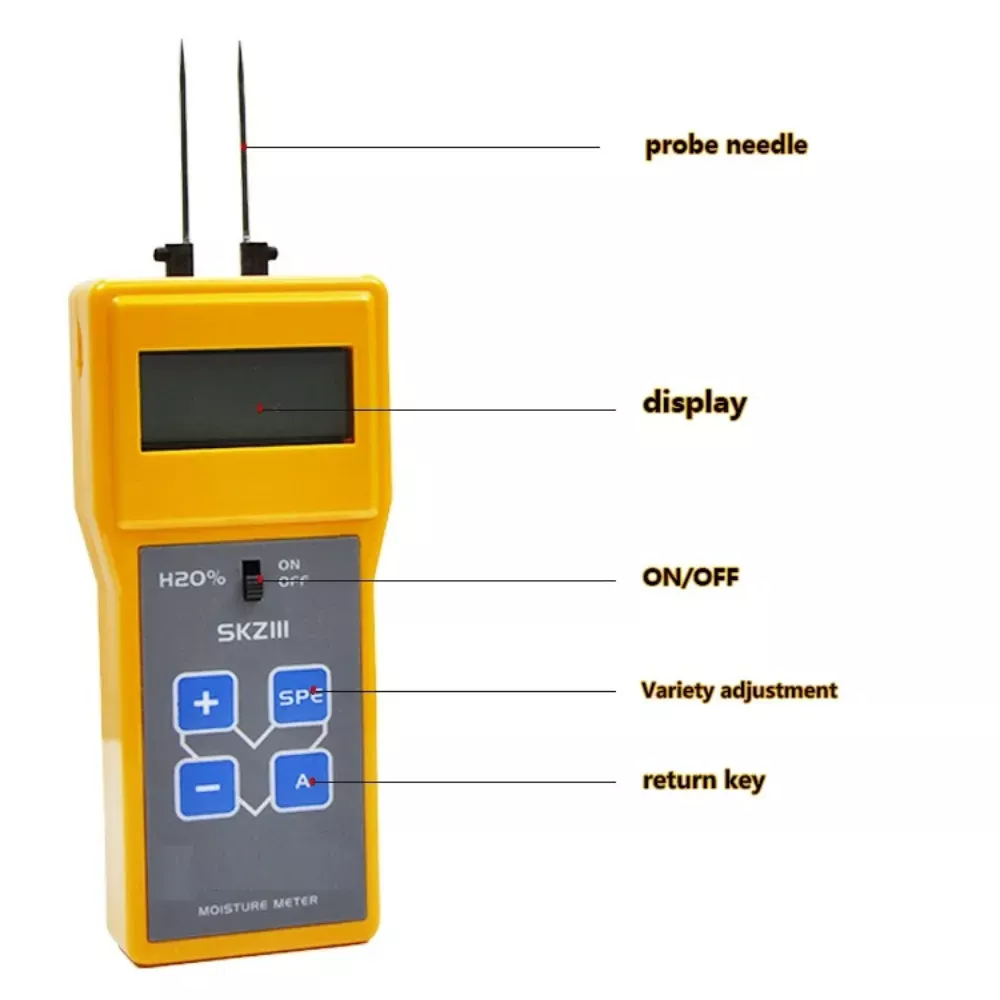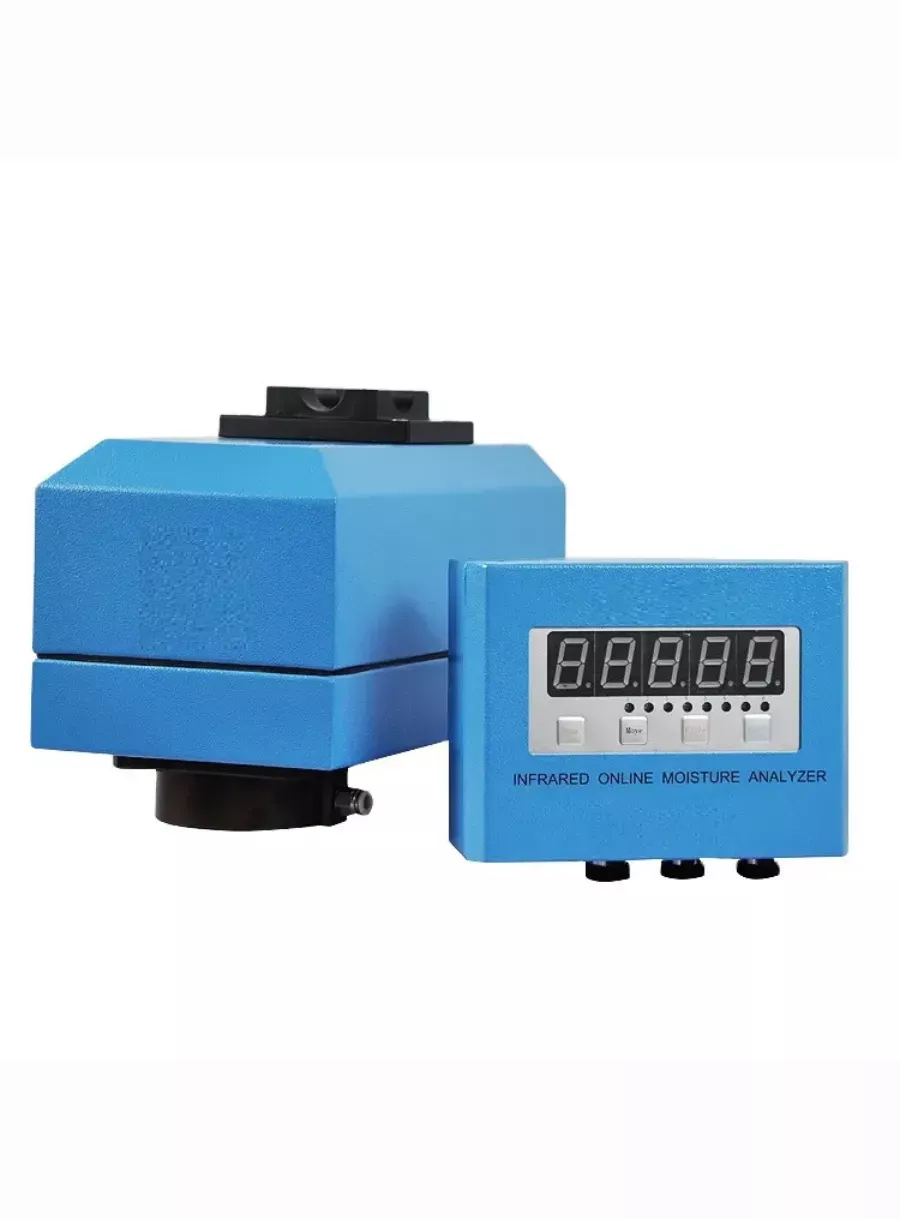
How to Interpret Moisture Meter Readings for Optimal Plant Care
Table of Contents
Moisture meters are essential tools for gardeners and farmers alike, as they help to determine the moisture content in the soil, which is crucial for the health and growth of plants. By understanding how to interpret moisture meter readings, one can ensure optimal plant care and prevent issues such as overwatering or underwatering. In this article, we will discuss the importance of moisture meters, how to use them, and how to interpret the readings for the best results.
Moisture meters are devices that measure the amount of water in the soil, which is essential for plant growth. Plants require a certain amount of water to survive, and too little or too much water can lead to problems such as wilting, stunted growth, or even death. By using a moisture meter, gardeners can ensure that their plants are receiving the appropriate amount of water, leading to healthier and more vibrant plants.

To use a moisture meter, simply insert the probe into the soil near the plant’s roots. The probe should be inserted to a depth of about 2-3 inches, depending on the type of plant and the soil type. Once the probe is inserted, the moisture meter will give a reading that indicates the moisture content of the soil.
Interpreting Moisture Meter Readings
Interpreting moisture meter readings can be a bit tricky, as different meters may have different scales and units of measurement. However, there are some general guidelines that can be followed to ensure optimal plant care.

Ideal Moisture Levels for Plants
For most plants, the ideal moisture content in the soil is between 50-60%. This means that the soil should be moist, but not overly saturated. If the moisture meter reading is below 50%, it is likely that the plant is underwatered and needs more water. Conversely, if the reading is above 60%, the plant is likely overwatered and needs less water.
Different Plants, Different Needs
It is important to note that different plants have different moisture requirements, so it is essential to research the specific needs of each plant in order to provide the appropriate amount of water. For example, succulents and cacti require less water than most other plants, and should have a moisture content of around 30-40%. On the other hand, plants such as tomatoes and peppers require more water and should have a moisture content of around 60-70%.
Considering Soil Type
In addition to the moisture content, it is also important to consider the soil type when interpreting moisture meter readings. Sandy soils drain water quickly and can dry out more quickly than clay soils, which retain water for longer periods of time. Therefore, it is important to adjust the amount of water given to plants based on the soil type.
Conclusion: Optimizing Plant Care with Moisture Meters
In conclusion, moisture meters are essential tools for gardeners and farmers to ensure optimal plant care. By understanding how to use and interpret moisture meter readings, one can prevent issues such as overwatering or underwatering and promote healthy plant growth. It is important to research the specific moisture requirements of each plant and adjust the amount of water given accordingly. By following these guidelines, gardeners can ensure that their plants receive the appropriate amount of water, leading to healthier and more vibrant plants.
Comments
Tags
Frequently Asked Question
Insert the probe about 2-3 inches into the soil near the plant’s roots, adjusting the depth based on the type of plant and soil.
For most plants, the ideal moisture content is between 50-60%, ensuring the soil is moist but not overly saturated.
Sandy soils drain water quickly and dry out faster, while clay soils retain water longer. Adjust watering based on your soil type to maintain optimal moisture levels.
Different plants have varying water needs due to their unique biology. For example, succulents need less water (30-40% moisture) compared to plants like tomatoes (60-70% moisture). Research each plant’s specific needs for best results.


